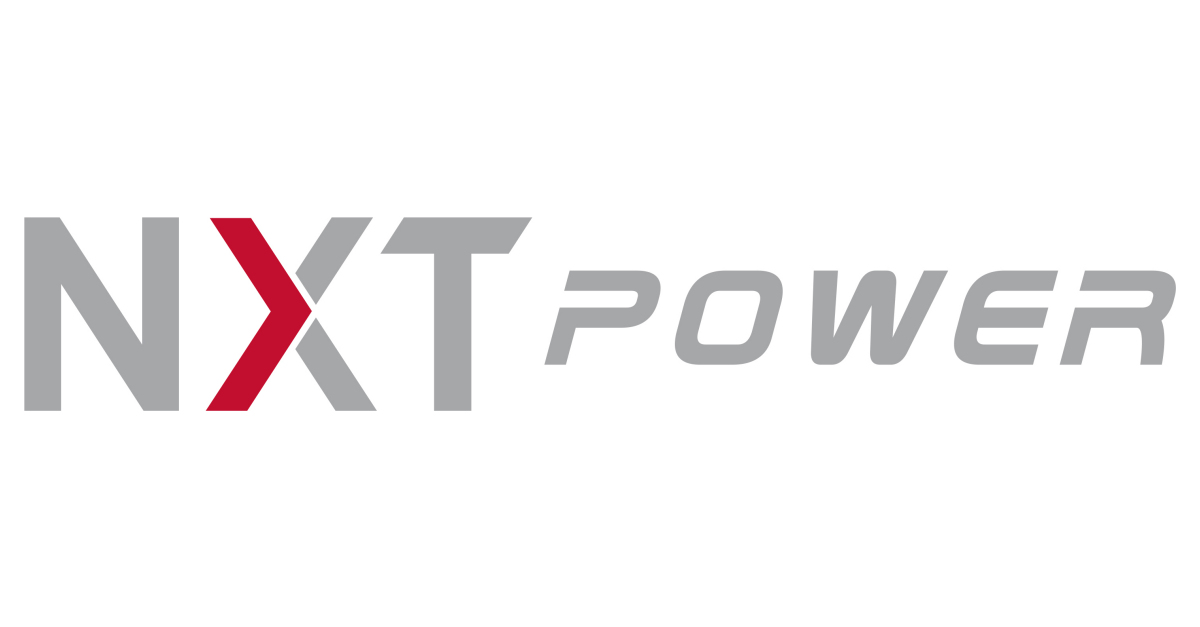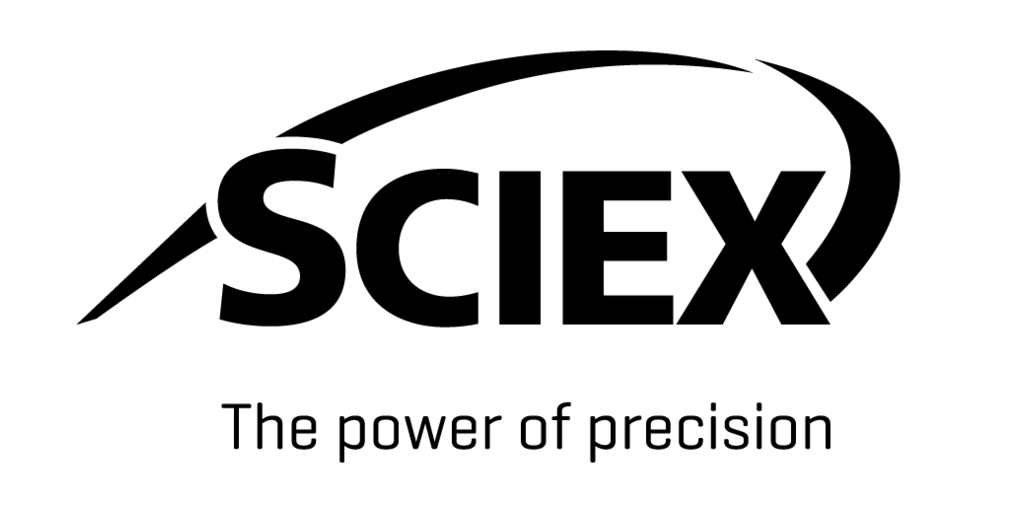CFDV Symposium 2025: Advances in Chromatographic Method Development
with Mary Ellen McNally, Jessica Sampson, James Edwards, Matthew Swoyer, Pankaj Aggarwal, and Merlin Bicking
About This Symposium
CFDV Symposium 2025: Advances in Chromatographic Method Development
SAVE THE DATE: April 17, 2025
Affiliated Short Course: Systematic HPLC Troubleshooting on April 16, 2025
More information on short course available here.
Student & Young Professional Poster Session: Click here for the poster program website and for more details on abstract submission.
Preliminary Schedule:
|
Time |
Event |
|
8:00 - 9:00 |
Breakfast & Registration (Sponsored by Mac-Mod) - Foyer |
|
8:30 - 8:55 |
Mac-Mod Breakfast Lecture - Gathering Room |
|
9:00 - 9:15 |
Opening Welcome - Gathering Room |
|
9:15 - 16:30 |
Exhibit Open - Sycamore Room
Premier Sponsors
Waters
Agilent Technologies Inc
Shimadzu
Mac-Mod Analytical
Exhibiting Sponsors
LNI Swissgas
NXT Power
Daicel Chiral Technologies
QLA Lab Services
Axcend Corporation
CDS Analytical
VICI DBS
Welch Materials
SCIEX
Advanced Materials Technology www.advanced-materials-tech.com
Regis Technologies
|
|
9:15 - 9:45 |
Jim Edwards - Saint Louis University
Chemical Derivatization with Capillary LC-MS: Method Development for High Sensitivity Metabolomics |
|
9:45 - 10:15 |
Pankaj Aggarwal – Merck
In-silico Chromatography - Uncovering New Dimensions to Accelerate Chromatography Method Development |
|
10:15 - 10:45 |
Merlin Bicking - ACCTA, Inc.
Merging Business, Chromatography, and Culture in East Africa |
|
10:45 - 11:45 |
Exhibits & Morning Coffee Break (Sycamore Room) and Posters (Gathering Room) |
|
11:45 - 13:00 |
Lunch (Sponsored by Shimadzu), Exhibits, and Posters - Foyer & Gathering Room |
|
12:30 - 12:55 |
Shimadzu Lunch Lecture - Streamlining Chromatography Faster, More Reliable Method Development with AQbD - Gathering Room |
|
13:00 - 13:30 |
Jessica Sampson - University of Delaware
Data Quantity and Quality in High Throughput Synthesis |
|
13:30 - 14:00 |
Matthew Swoyer - GSK
Accelerating HPLC method development with in silico modelling |
|
14:00 - 14:30 |
Mary Ellen McNally - FMC Corporation
Why Choose a Multi-Analyte Method? |
|
14:30 - 14:55 |
Agilent Technologies Afternoon Lecture & Snack - Exploring New Options for Multi-Modality Analytics using Chromatography - Gathering Room |
|
14:55 – 15:00 |
Break |
|
15:00 - 16:30 |
Mixer (Sponsored by Waters), Exhibits, Posters (Presenters) and Awards - Gathering Room & Foyer |
Invited Speaker List:
Mary Ellen McNally - FMC Corporation
Why Choose a Multi-Analyte Method?
In regulatory laboratories, where potentially hundreds of different types of sample and active ingredients can be evaluated every year, a unique set of conditions provided by agricultural product manufacturers in their regulatory methods are faced with the decision to purchase a new and different analytical column or not follow the enforcement method provided by the manufacturer. Because of this, a multi-analyte method has been developed at the Irish Department of Agriculture, Food and The Marine, contributed to by the regulatory laboratories in Belgium and the Czech Republic, analyzing more than 70 active ingredients using high performance liquid chromatography (HPLC) and more than 35 active ingredients by ultrahigh-pressure liquid chromatography (UHPLC). The method has been designed for use by quality control laboratories and is suitable for determining a range of active substances in a wider range of formulated products as well as the technical AI itself. The method has been validated for linearity, precision, accuracy, and specificity for seven technical active ingredients as defined by FMC Corporation. The method and results will be discussed.
Jessica Sampson - University of Delaware
Data Quantity and Quality in High Throughput Synthesis
High throughput experimentation (HTE) is a crucial workflow for the collection of large datasets on chemical reactivity, but key to this is robust, flexible, and adaptable analysis. Selection and development of appropriate methods both limits and guides what reactions can be studied and what information about desired and undesired reactivity can be obtained. At the High Throughput Experimentation Center at the University of Delaware, we employ GC, SFC, and reverse phase LC separations to collect datasets for reaction optimization, development, and scope evaluation. This talk will discuss our strategies for increasing the ease and speed of analysis, while ensuring robust and high-quality analysis, through the use of multiple separation and detection modes.
Jim Edwards - Saint Louis University
Chemical Derivatization with Capillary LC-MS: Method Development for High Sensitivity Metabolomics
A major impediment to metabolomics unleashing its full potential is the complexity of the data which is cluttered with impurities. We use chemical tags to react with a variety of metabolites which confer hydrophobicity for improved LC and chargeability to improve MS response. Ultimately these tags increase signal and through sample stacking allow analysis of ultra-small samples. The first set of reagents allows for pre-concentrating all metabolites and minimal degeneracy/salt adduction. The second set of tags are neucode based tags for high resolution mass spectrometry capable of analyzing up to 96 samples simultaneously. The last set of tags are designed to fragments across the carbon-carbon backbone to allow identification of new metabolites using fragmentation modeling. We leverage the increase in sensitivity to analyze single islets of Langerhans. Defects in islet metabolism are linked to impaired insulin secretion and type 2 diabetes.
Pankaj Aggarwal - Merck
In-silico Chromatography - Uncovering New Dimensions to Accelerate Chromatography Method Development
In the rapidly evolving landscape of chromatography method development, the integration of modeling approaches has transformed liquid chromatography (LC) into a more efficient and resource-conscious discipline. This talk will elucidate the pivotal advantages of utilizing in silico tools, focusing on retention time (RT) modeling to expedite method screening and optimization, thereby reducing solvent consumption and instrument time. We will discuss the application of various modeling techniques, including physiochemical-based mechanistic modeling (such as solvent strength theory) and statistical modeling, ranging from traditional Design of Experiments (DOE) methodologies to advanced machine learning techniques like graph neural networks that have shown exceptional predictive accuracy for a wide range of analytes. Through practical case studies from our research, we will illustrate the systematic application of these methodologies in pharmaceutical development, demonstrating how computational strategies can streamline workflows and improve separation efficiencies in complex analytical processes.
Matthew Swoyer - GSK
Accelerating HPLC method development with in silico modelling
Development of an Active Pharmaceutical Ingredient (API) manufacturing process is a cross- departmental effort requiring close collaboration between process chemistry and analytical development scientists. A critical aspect of a quality process is the use of chromatographic methods capable of quantifying all known and unknown impurities at each synthetic step. These impurities have the potential to impact patient safety, process efficiency and scalability, and are therefore essential to control. At GSK, a defined protocol is utilized for chromatographic method development. This protocol is revised as new technologies emerge and become established in the separation science space. In this discussion, the recent incorporation of an in silico modelling software package to the method development protocol will be covered. The introduction of in silico modeling facilitates a reduction in the number of experiments, minimizing both resource expenditure and the environmental footprint of method development activities. A case study will be highlighted, exploring the capabilities of this technology in accelerating and improving chromatographic method development. In silico modelling was leveraged to streamline development and swiftly adapt to unforeseen challenges that arose.
Merlin Bicking - ACCTA, Inc.
Merging Business, Chromatography, and Culture in East Africa
Science has the power to positively influence the quality of life for people living in developing countries. However, transferring scientific technology and expertise for the benefit of a society requires more than just donating used equipment. Infrastructure such as utilities, facilities, staff, and budgets must be in place to fully generate any meaningful results from the technology. We often take these factors for granted, but in a third world environment many of these items are missing or of poor quality. In addition, their goals, priorities, and perspectives are significantly different from ours, and sometimes our good intentions can make things worse. This presentation will focus on our experiences with ChromAfrica LLC, a consulting and training services company based in Nairobi that we founded in 2009 to provide technical training to local scientists. While the initial training events covered chromatographic topics, numerous other sessions have addressed a much wider range of issues, even going beyond laboratory technical training. The many challenges that we encountered revealed some fundamental differences in business practices and culture that require a unique approach to both training and business development. There are significant issues facing the region as they try to integrate their economies into the international community and we will discuss how we, as analytical chemists, are helping.
Vendor Speaker List:
Steve Swartz - Shimadzu
Streamlining Chromatography Faster, More Reliable Method Development with AQbD
Method development workflows are often a bottleneck in drug development as the screening, optimization, and robustness evaluation phases of developing an analytical method are all prone to being time-consuming. These problems can be exacerbated if there are a wide selection of columns to assess, varying mobile phases, or if the user lacks experience. LabSolutions MD, Shimadzu’s answer to the struggles of method development, allows for effortless exploration of method conditions through each phase of method development. With features such as automatic mobile phase blending, Method Scouting, and Evaluation Value, Shimadzu takes out the struggles that come with method development.
Steve Swartz has been involved with the pharmaceutical industry for over 33 years. As a medicinal chemist at DuPont, Bayer, and Bristol Myers Squibb, he worked in multiple therapeutic areas supporting early phase discovery. After leaving the lab, Steve worked for several instrumentation companies in scientific support, sales, and business development. Since joining Shimadzu in 2020 as Business Development Specialist, he has worked with customers in the pharma and biopharma markets using his experience to help optimize workflows from early discovery to IND and beyond.
Wayne Heacock - Agilent Technologies
Exploring New Options for Multi-Modality Analytics using Chromatography
Wayne Heacock is a Biopharmaceutical Business Development Manager with Agilent Technologies. For over 35 years he has worked with (bio)pharmaceutical scientists and engineers to solve current and unmet needs using a variety of analytical technologies and software tools. He has recently facilitated and coordinated academic and industrial collaborations with Agilent product management and R&D to explore solutions to bioprocess online and at-line PAT.
Premier Sponsors:
Exhibiting Sponsors:
Speakers
-
Pricing Non-Student- Registration: $50
Student Discount- Registration: $25
-
Event Details The Inn at Swarthmore10 S Chester Rd
Swarthmore, PA 19081
Event Check-In: 08:00 AMSymposium Starts: 08:30 AM










